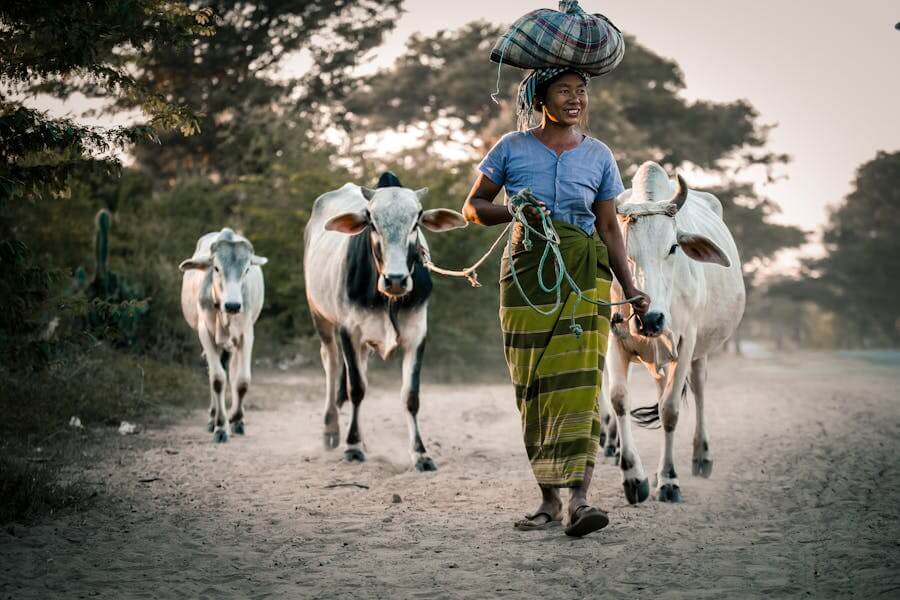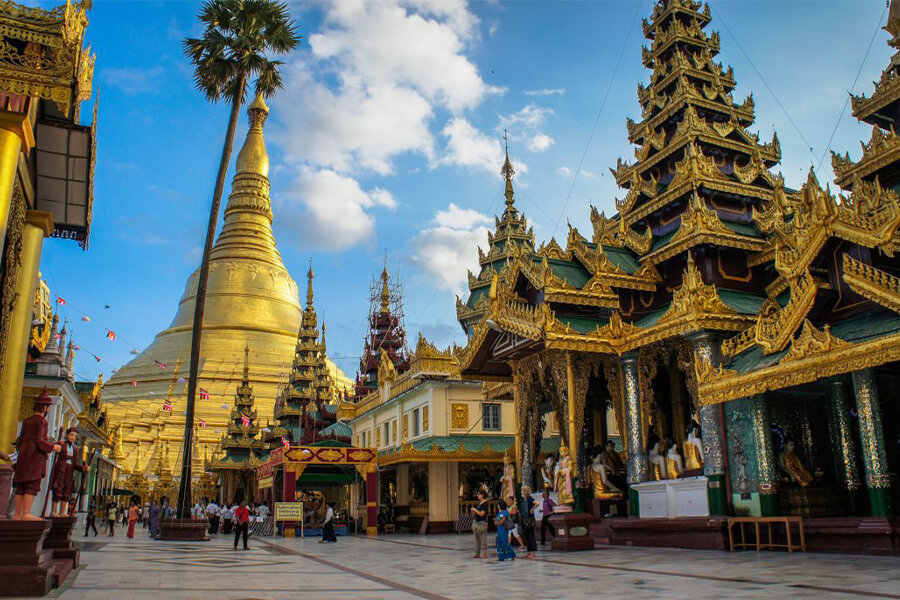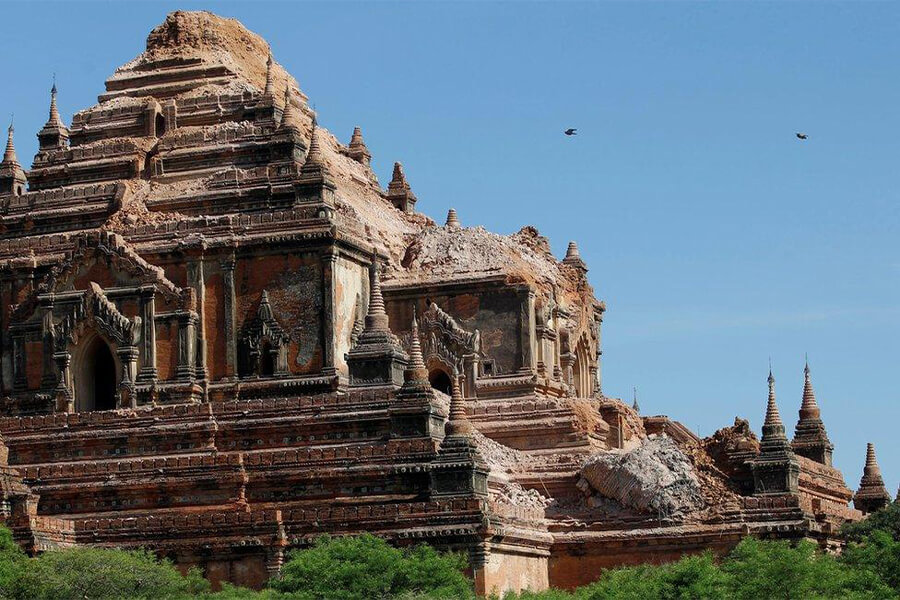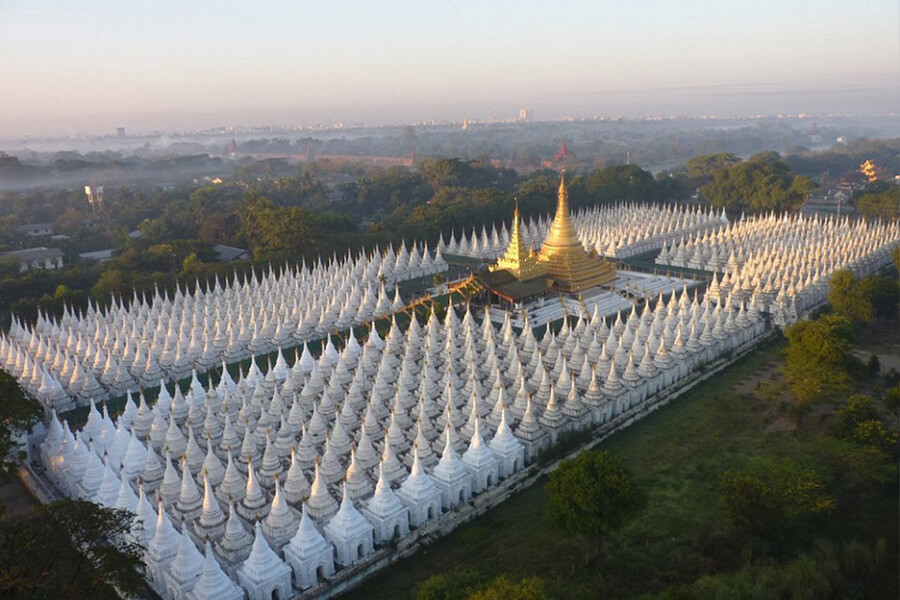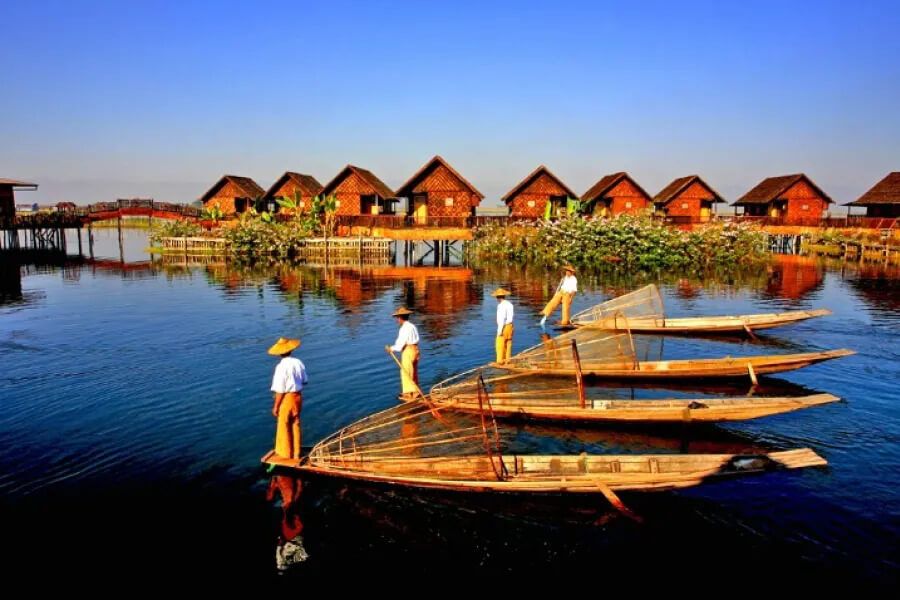The Myanmar Travel Advisory for 2025-2026 reflects a complex and volatile situation in Myanmar, urging travelers to exercise extreme caution due to ongoing safety concerns. With political instability, natural disasters, and health risks, understanding the current landscape is crucial for anyone considering a trip to this Southeast Asian nation. Below, we provide an updated overview of the safety situation, key tourist destinations, and essential travel advice to help you make informed decisions when planning Myanmar tours.
Myanmar Travel Warning: Current Safety Situation
As of July 2025, multiple governments, including the United States, Australia, Canada, and Singapore, have issued high-level Myanmar travel warnings, advising against all travel to the country due to significant risks. The U.S. Department of State has designated Myanmar as a Level 4: Do Not Travel destination, citing armed conflict, civil unrest, arbitrary enforcement of local laws, poor healthcare infrastructure, landmines, and wrongful detentions. Similarly, Australia’s Smartraveller and Singapore’s Ministry of Foreign Affairs recommend avoiding all travel, with Singapore advising its citizens to leave Myanmar as soon as possible via commercial means.
The military coup in February 2021 continues to fuel widespread unrest. Protests and violent crackdowns persist, particularly in urban centers like Yangon and Nay Pyi Taw, with a risk of arbitrary detention for foreigners, especially journalists or activists. A state of emergency, extended through August 2025, has heightened security measures, including mandatory conscription for men aged 18-35 and women aged 18-27, which may affect dual nationals.
Additionally, a magnitude 7.7 earthquake and a 6.4 aftershock struck central Myanmar on March 28, 2025, near Sagaing and Mandalay, causing infrastructure damage and increasing risks of waterborne diseases like typhoid and cholera due to poor sanitation. The monsoon season (June to October) further exacerbates these risks, with potential for mosquito-borne diseases such as dengue and malaria.
Armed conflicts between the military regime and ethnic armed organizations (EAOs) are ongoing in regions like Kachin, Kayah, Kayin, Shan, Rakhine, Mon, Chin, Sagaing, Magway, and Tanintharyi. These areas are considered high-risk and should be avoided. Travelers have faced isolation due to sudden conflict escalations, as seen in October 2023 when 23 U.S. travelers were stranded in northern Shan State.
Myanmar Travel Advice: Are Tourist Destinations Safe?
Despite the Myanmar Travel Advisory warnings, some sources suggest that specific tourist destinations within the "Tourist Kite" (Yangon, Bagan, Mandalay, and Inle Lake) are relatively safer for visitors who take precautions. However, even these areas are not immune to risks, and travelers must stay vigilant and informed. Below is an overview of the safety of key tourist destinations in 2025-2026:
Yangon
Yangon, the former capital, is considered the safest major city for tourists, classified as a "green zone" by the UK’s Foreign, Commonwealth & Development Office (FCDO). The city offers attractions like the Shwedagon Pagoda and vibrant markets. However, stray dogs posing rabies risks are a concern, particularly at night outside central areas like Chinatown. Travelers should avoid demonstrations and carry identification documents, as military checkpoints are common.
Bagan
Bagan, renowned for its ancient temples and pagodas, is generally safe and lies within the UK’s "orange zone," indicating non-essential travel should be reconsidered. The area is largely unaffected by active conflict, but overland travel between cities involves military checkpoints and is less safe than flying. Visitors should rely on local guides for up-to-date safety information.
Mandalay
Mandalay, known for its cultural heritage, was impacted by the March 2025 earthquakes, which caused infrastructure damage. While it remains a popular destination, travelers should be cautious of aftershocks and poor healthcare facilities. Mandalay is also in the UK’s "orange zone," and overland travel to and from the city is discouraged due to security risks.
Inle Lake
Inle Lake, a serene destination with floating villages, is part of the Tourist Kite and considered relatively safe. However, its proximity to conflict zones like Shan State requires travelers to stay updated on local conditions. Flying is the recommended mode of transport to avoid risky overland routes.
Other Destinations
Travel to border regions (e.g., Rakhine State, Kachin, Kayah, Kayin, Shan, and Tanintharyi) is strongly discouraged due to active armed conflicts, landmines, and ethnic tensions. The Andaman Sea islands in Tanintharyi may be accessible via the Kawthoung-Ranong border with Thailand, but Rakhine’s islands are unsafe due to ongoing ethnic conflicts involving the Arakan Army.
Practical Myanmar Travel Advisory for 2025-2026
To navigate Myanmar’s challenges, consider the following Myanmar travel advice:
- Stay Informed: Monitor local news and government advisories (e.g., U.S. Embassy, Smartraveller, GOV.UK) for real-time updates. Enroll in programs like the U.S. Smart Traveler Enrollment Program (STEP) for alerts.
- Travel Logistics: Use flights for inter-city travel, as overland routes involve military checkpoints and risks. Carry sufficient U.S. dollars in crisp condition, as credit cards are unreliable and ATMs have low withdrawal limits.
- Health Precautions: Ensure vaccinations are up-to-date (e.g., MMR, tetanus, polio). Protect against mosquito-borne diseases with repellents and appropriate clothing. Avoid tap water to reduce risks of waterborne illnesses.
- Safety Measures: Avoid protests, large gatherings, and conflict zones. Carry digital and physical copies of your passport. Be cautious of scams, such as gem fraud or fake distress emails.
- Insurance: Secure comprehensive travel insurance, noting that some policies (e.g., Singapore-based) may not cover Myanmar due to advisories.
- Cultural Sensitivity: Respect local customs to enhance safety and enrich your experience. Consult local guides for advice on safe areas and cultural etiquette.
Conclusion
The Myanmar Travel Advisory for 2025-2026 underscores significant risks due to political instability, natural disasters, and health concerns. While destinations like Yangon, Bagan, Mandalay, and Inle Lake may be safer within the Tourist Kite, travelers must exercise extreme caution, stay informed, and prioritize safety. Always consult official government sources and local contacts before planning your trip, as conditions can change rapidly. For the latest updates, visit trusted resources like travel.state.gov, smartraveller.gov.au, or gov.uk. Safe travels require careful planning and vigilance in Myanmar’s current climate.

